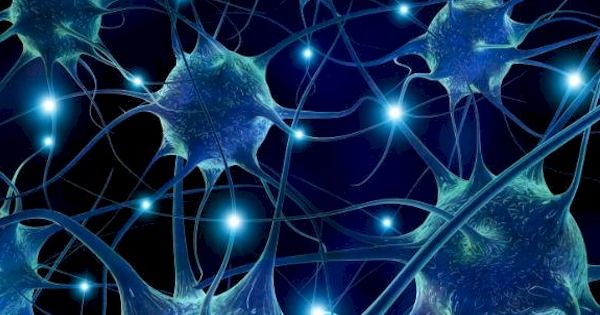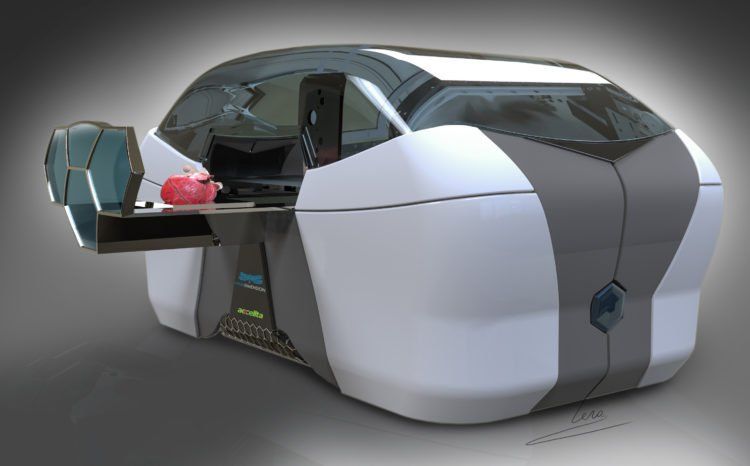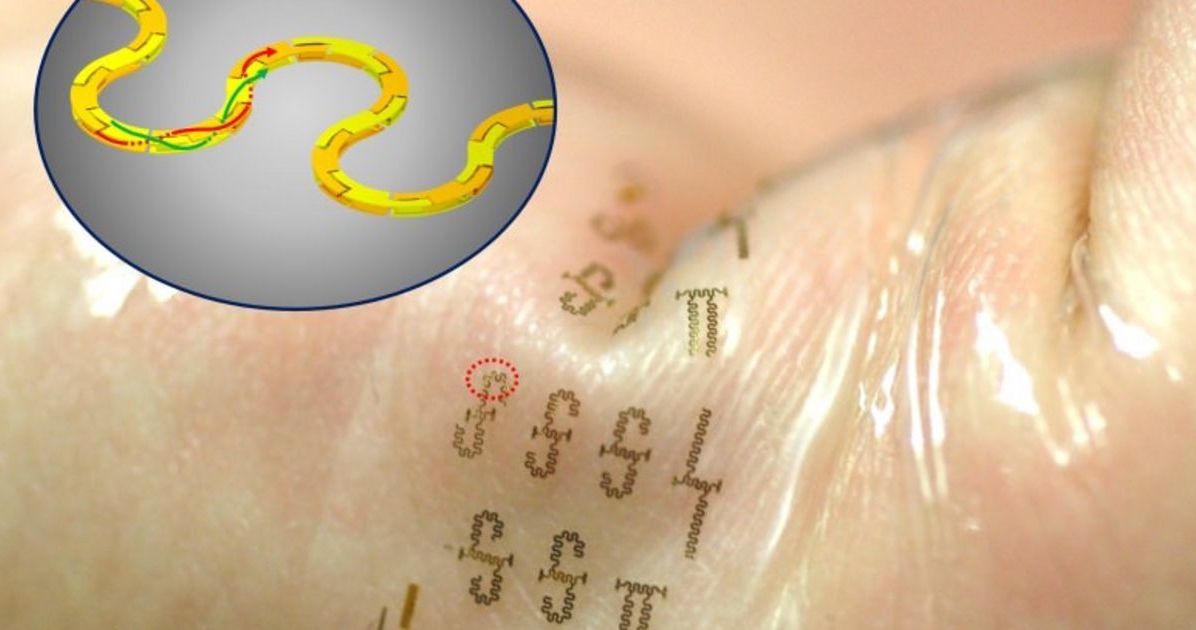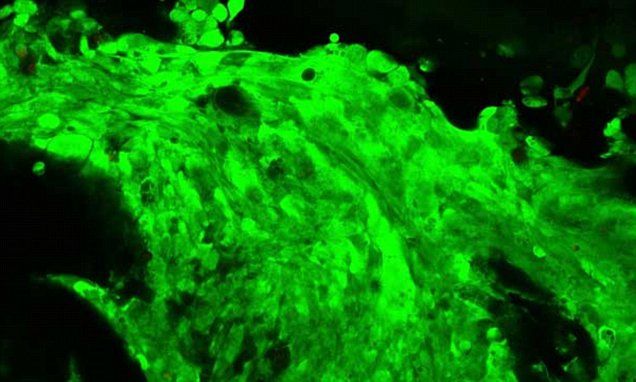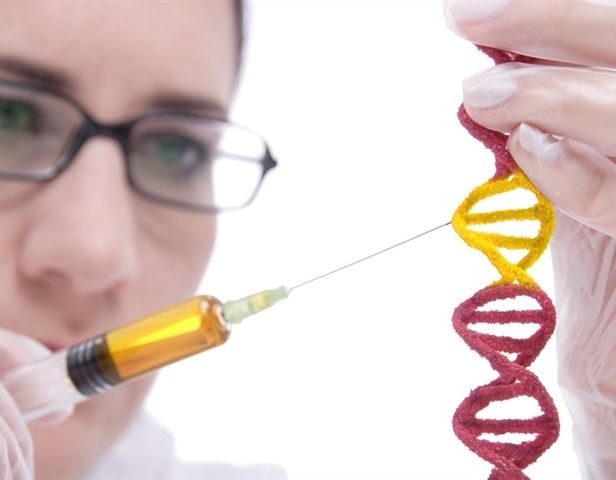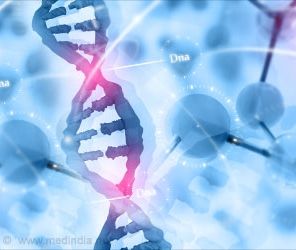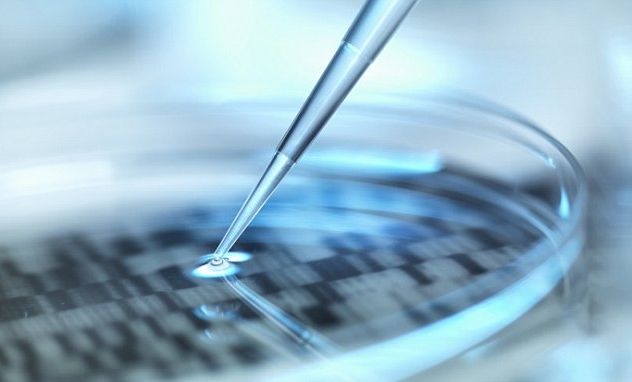“So there came a time in which the ideas, although accumulated very slowly, were all accumulations not only of practical and useful things, but great accumulations of all types of prejudices, and strange and odd beliefs.
Then a way of avoiding the disease was discovered. This is to doubt that what is being passed from the past is in fact true, and to try to find out ab initio again from experience what the situation is, rather than trusting the experience of the past in the form in which it is passed down. And that is what science is: the result of the discovery that it is worthwhile rechecking by new direct experience, and not necessarily trusting the [human] race[’s] experience from the past. I see it that way. That is my best definition…Science is the belief in the ignorance of experts.“
–Richard P Feynman, What is Science? (1968)[1]
TruthSift.com is a platform designed to support and guide individuals or crowds to rationality, and make them smarter collectively than any unaided individual or group. (Free) Members use TruthSift to establish what can be established, refute what can’t be, and to transparently publish the demonstrations. Anyone can browse the demonstrations and learn what is actually known and how it was established. If they have a rational objection, they can post it and have it answered.
Whether in scientific fields such as climate change or medical practice, or within the corporate world or political or government debate, or on day to day factual questions, humanity hasn’t had a good method for establishing rational truth. You can see this from consequences we often fail to perceive:
Peer reviewed surveys agree: A landslide majority of medical practice is *not* supported by science [2,3,4]. Scientists are often confused about the established facts in their own field [5]. Within fields like climate science and vaccines, that badly desire consensus, no true consensus can be reached because skeptics raise issues that the majority brush aside without an established answer (exactly what Le Bon warned of more than 100 years ago[6]). Widely consulted sources like Wikipedia are reported to be largely paid propaganda on many important subjects [7], or the most popular answer rather than an established one [8]. Quora shows you the most popular individual answer, generated with little or no collaboration, and often there is little documentation of why you should believe it. Existing systems for crowd sourced wisdom largely compound group think, rather than addressing it. Existing websites for fact checking give you someone’s point of view.
Corporate or government planning is no better. Within large organizations, where there is inevitably systemic motivation to not pass bad news up, leadership needs active measures to avoid becoming clueless as to the real problems [9]. Corporate or government plans are subject to group think, or takeover by employee or other interests competing with the mission. Individuals who perceive mistakes have no recourse capable of rationally pursuading the majority, and may anyway be discouraged from speaking up by various consequences[6].
Continue reading “TruthSift: A Platform for Collective Rationality” »
